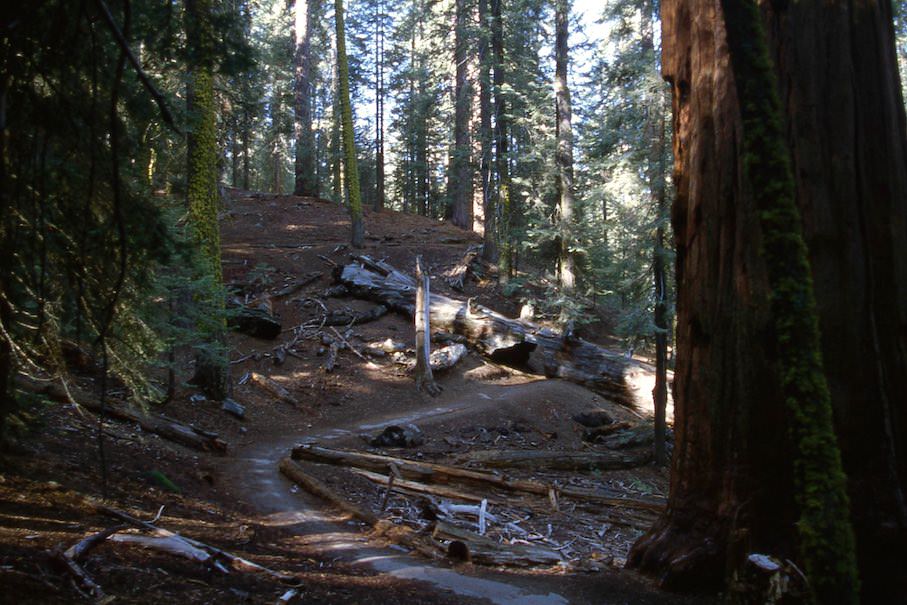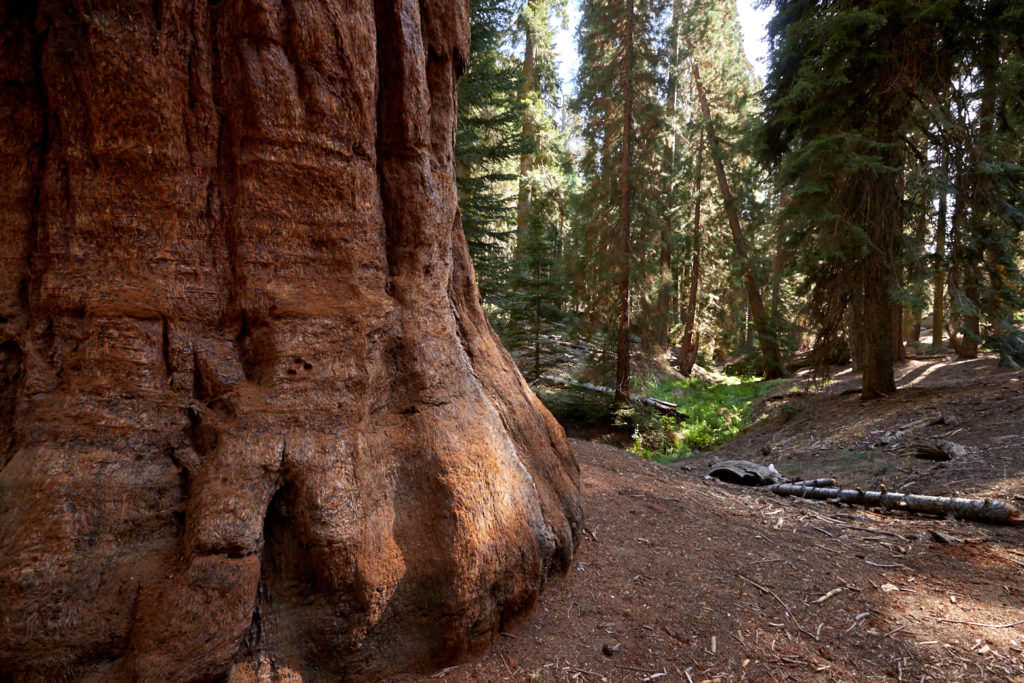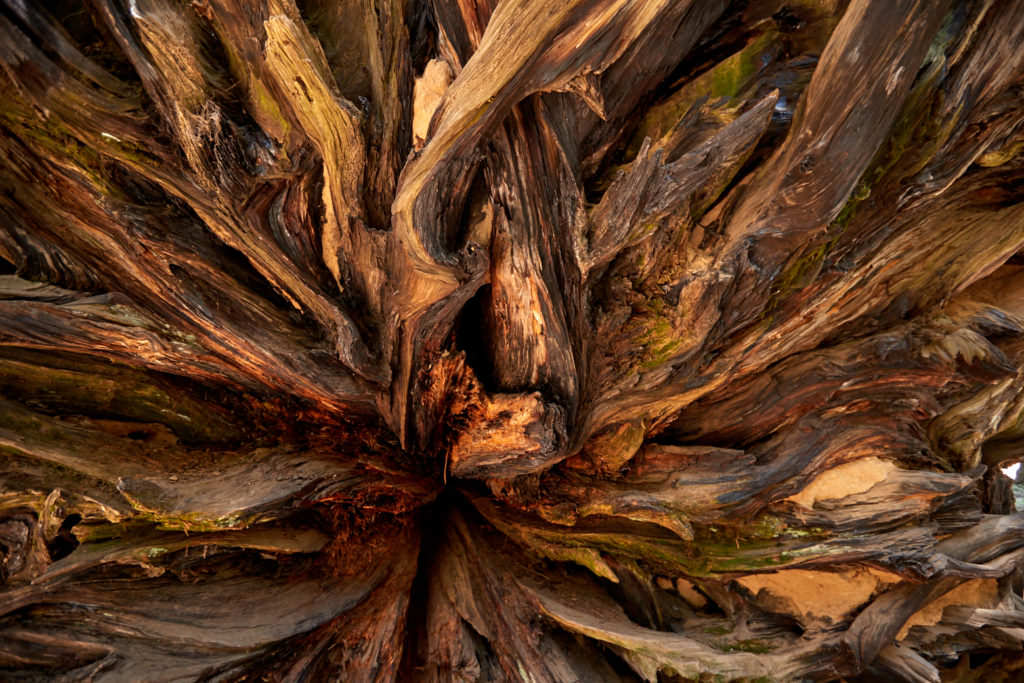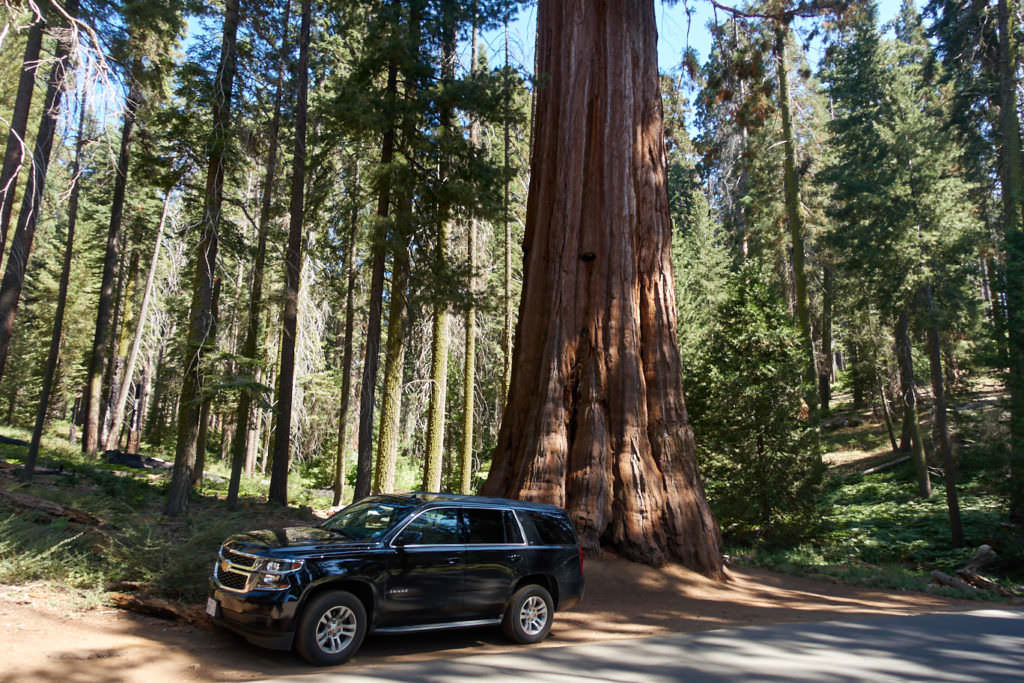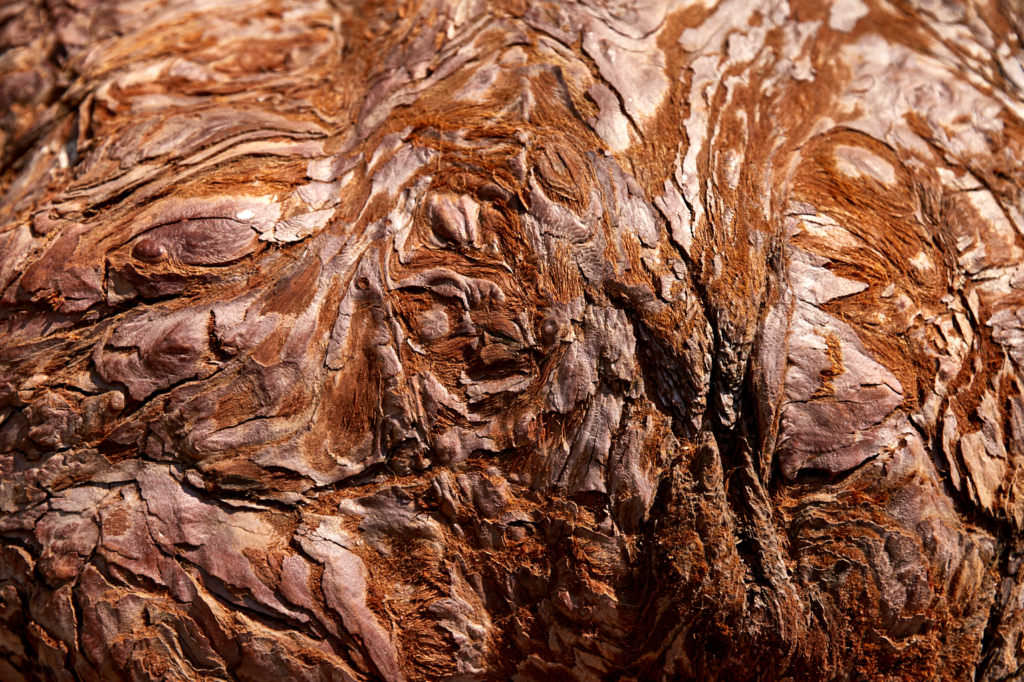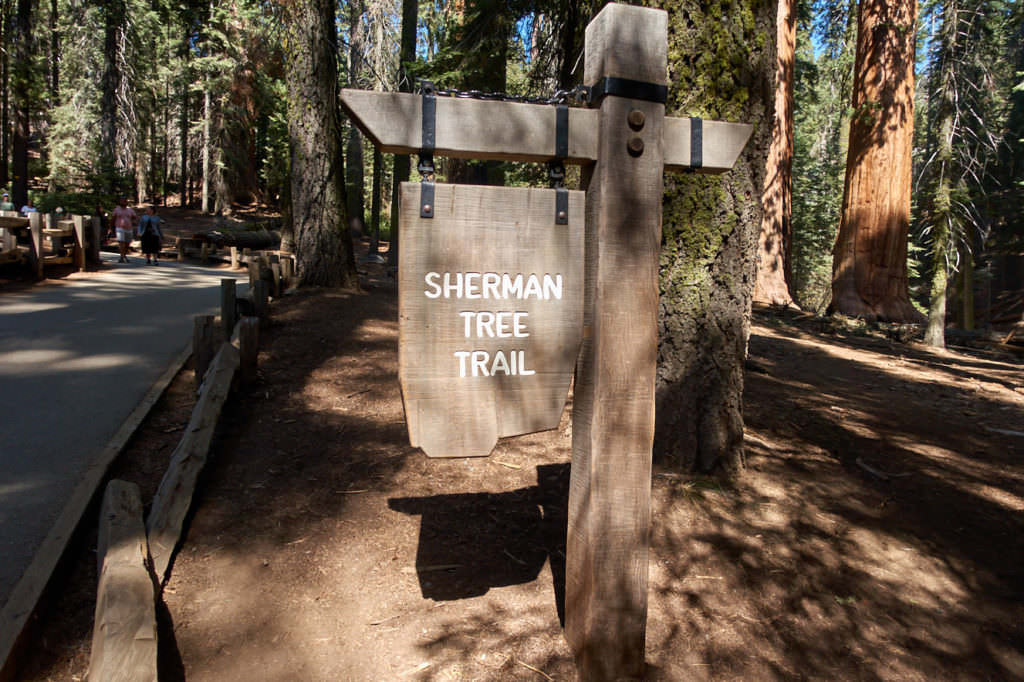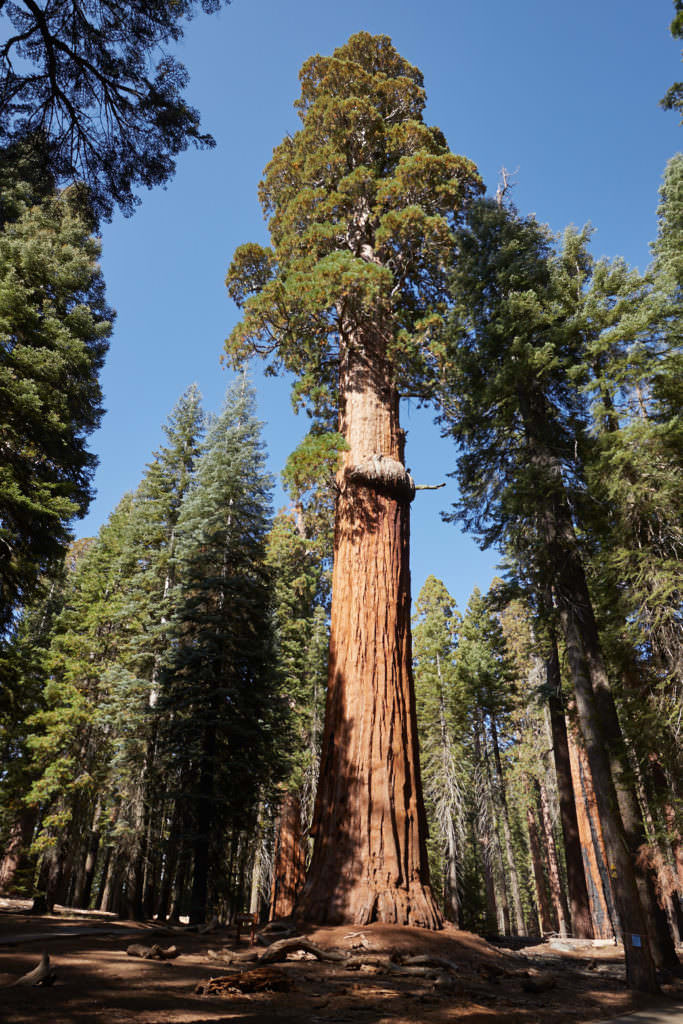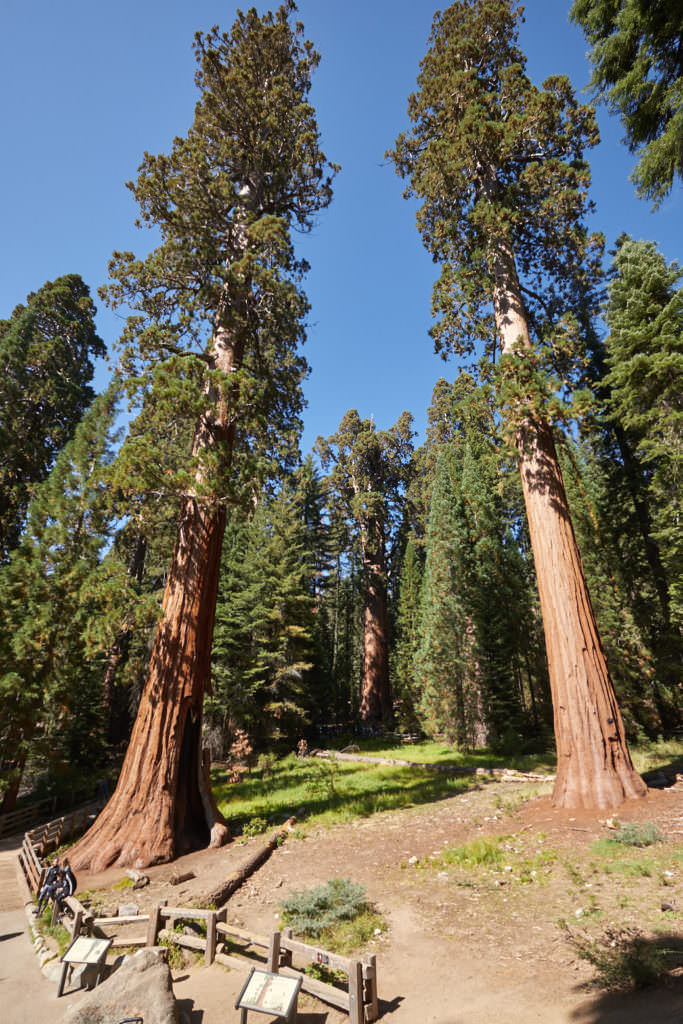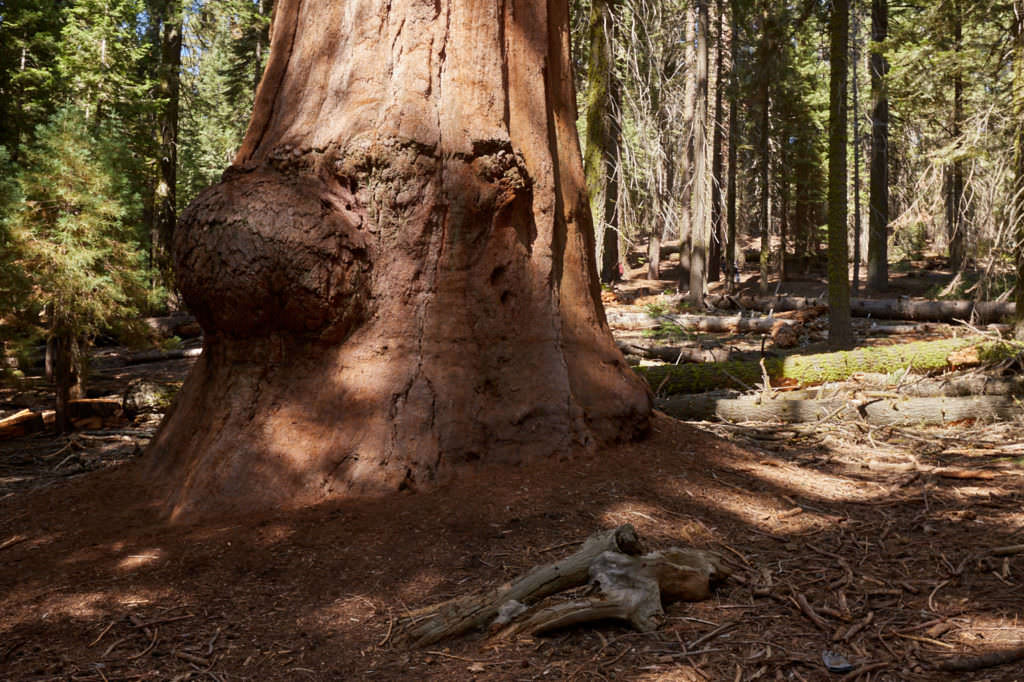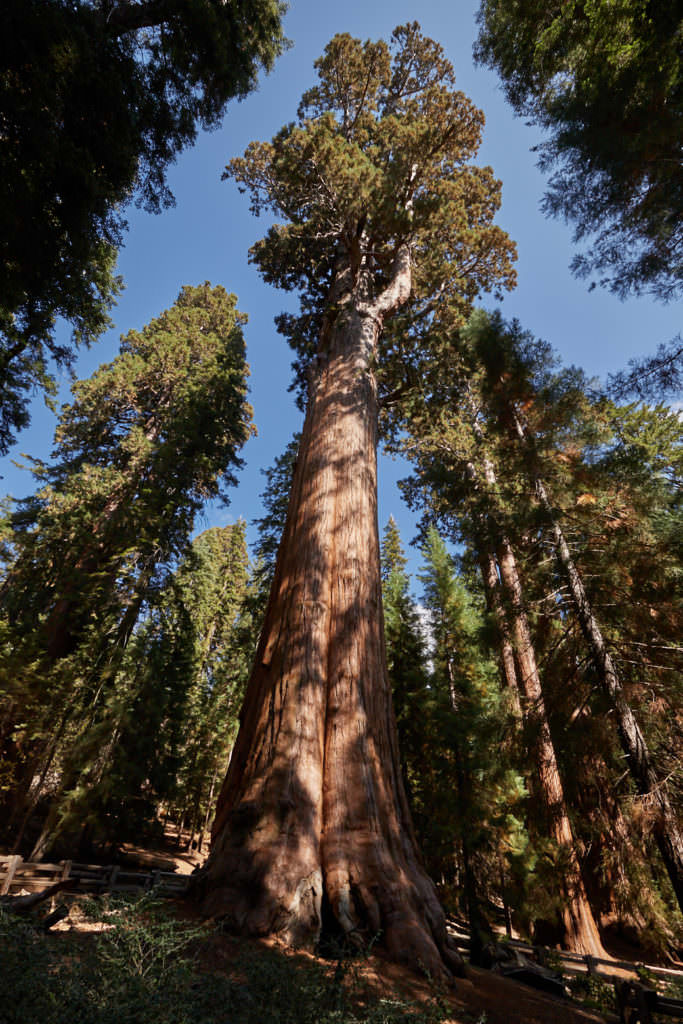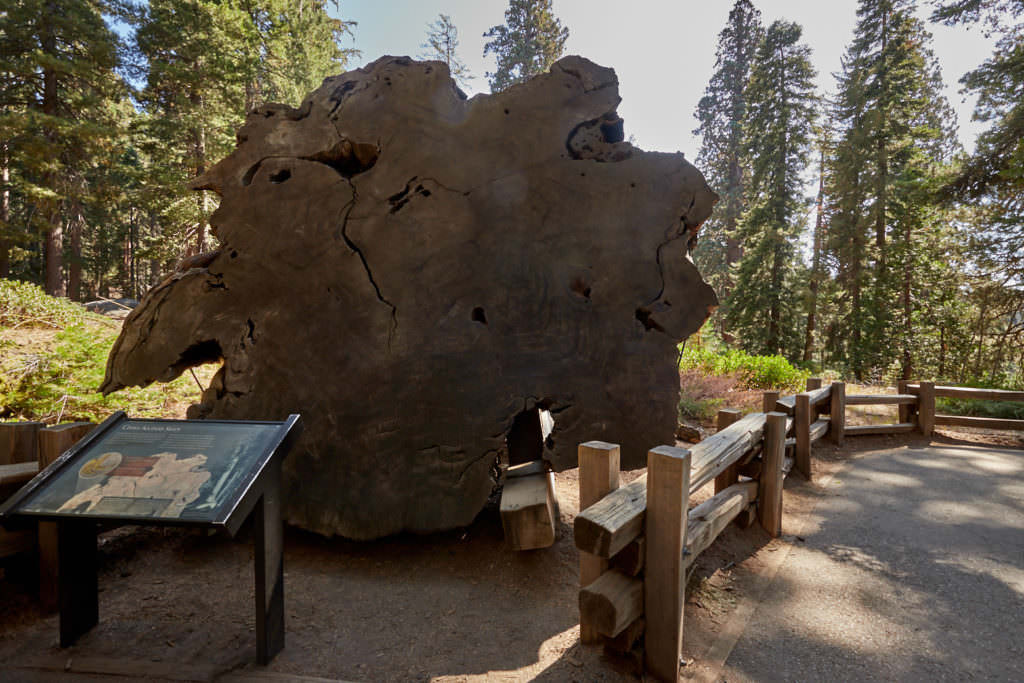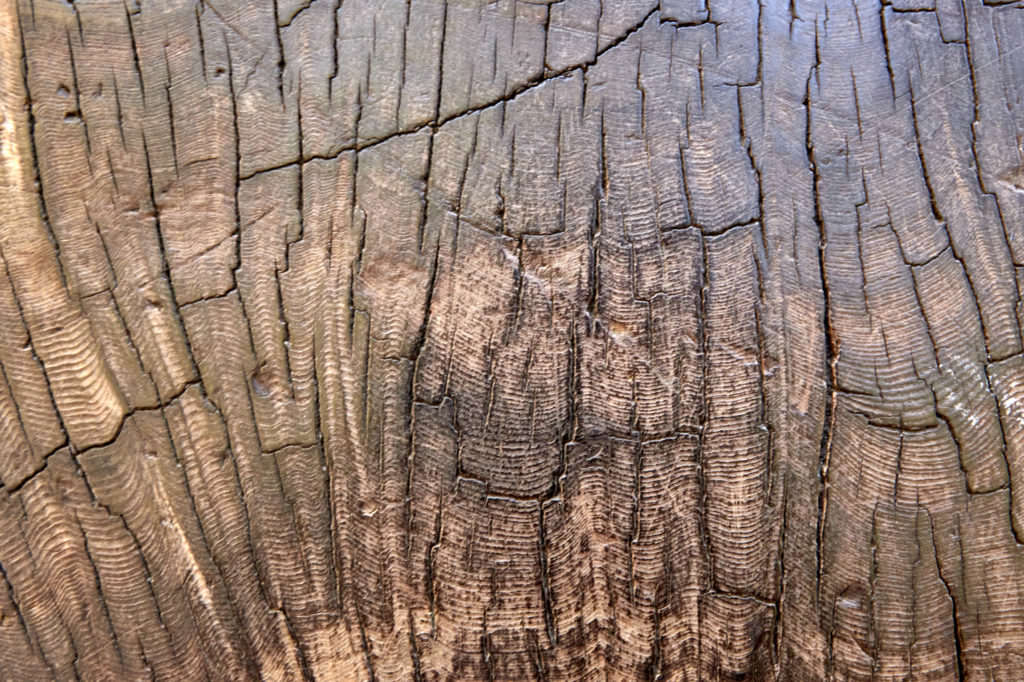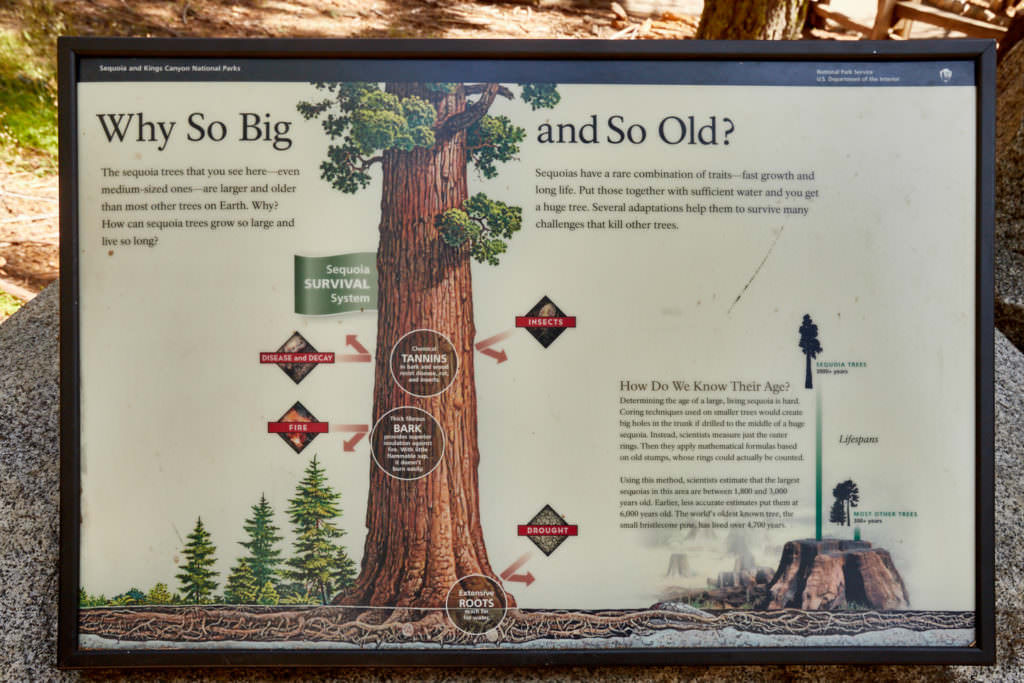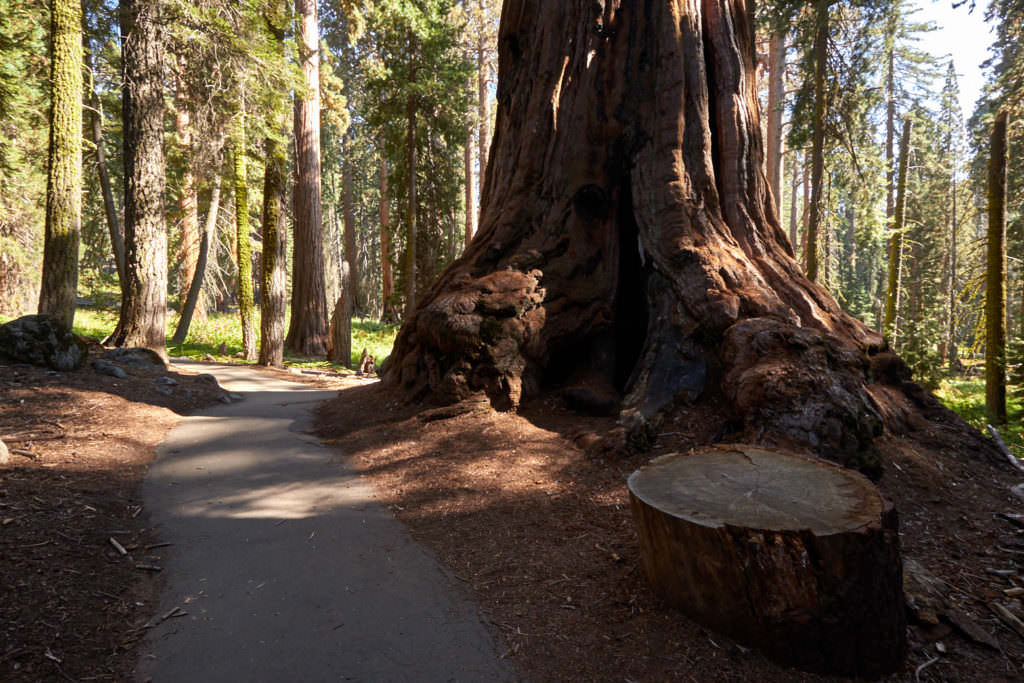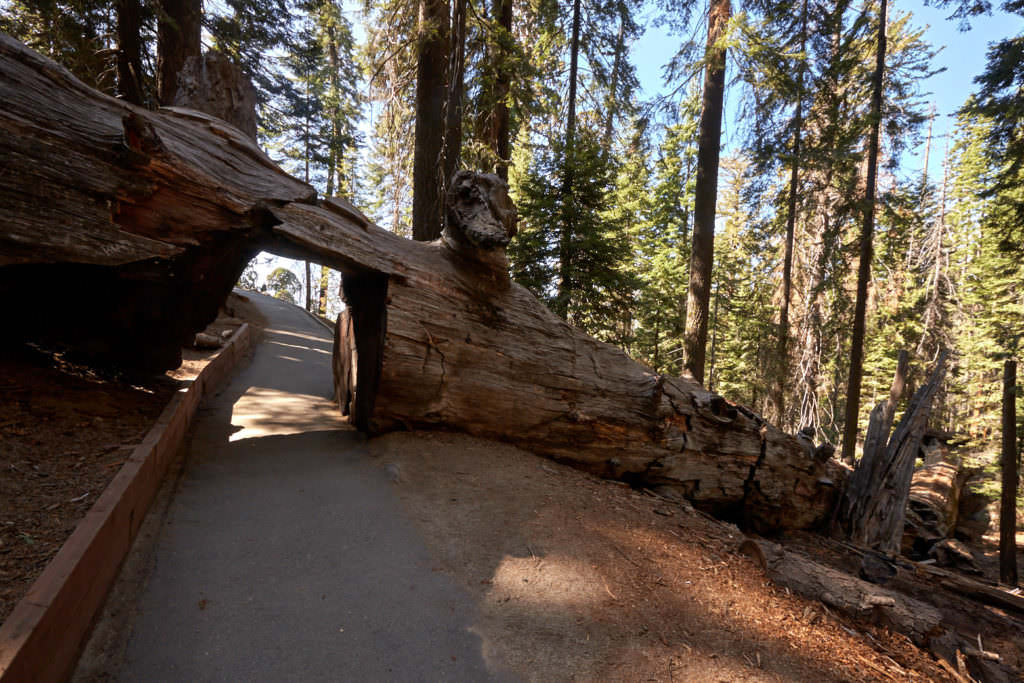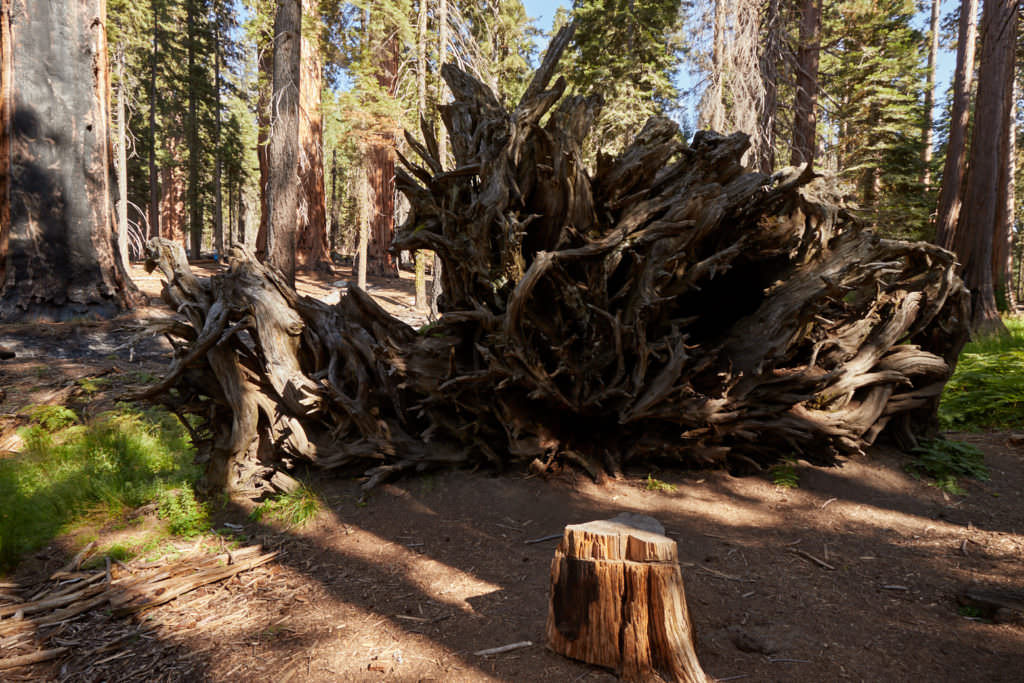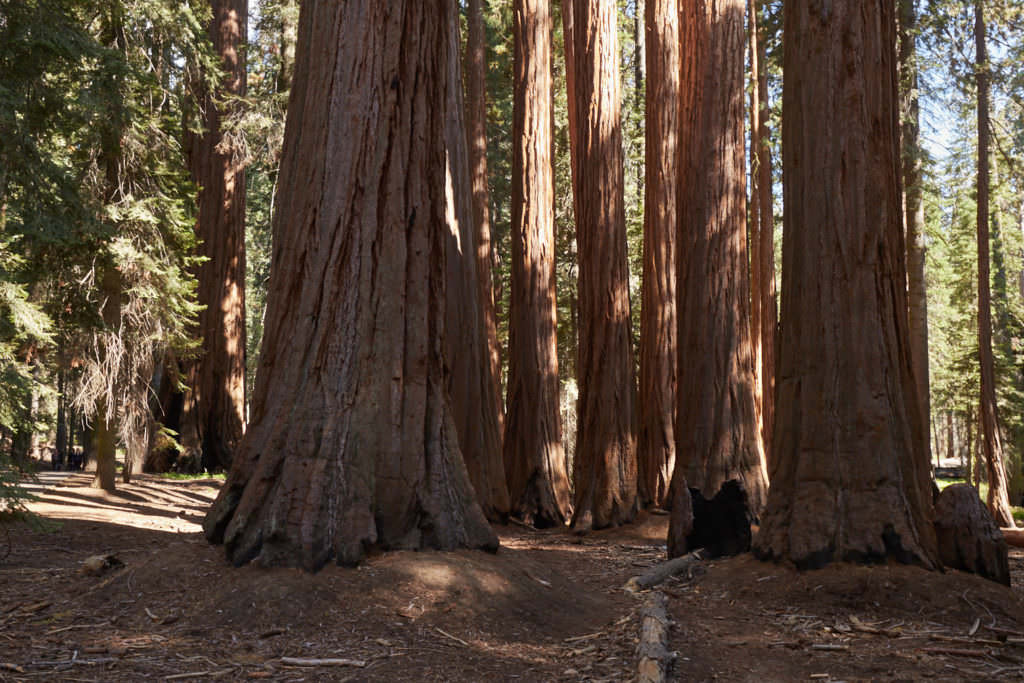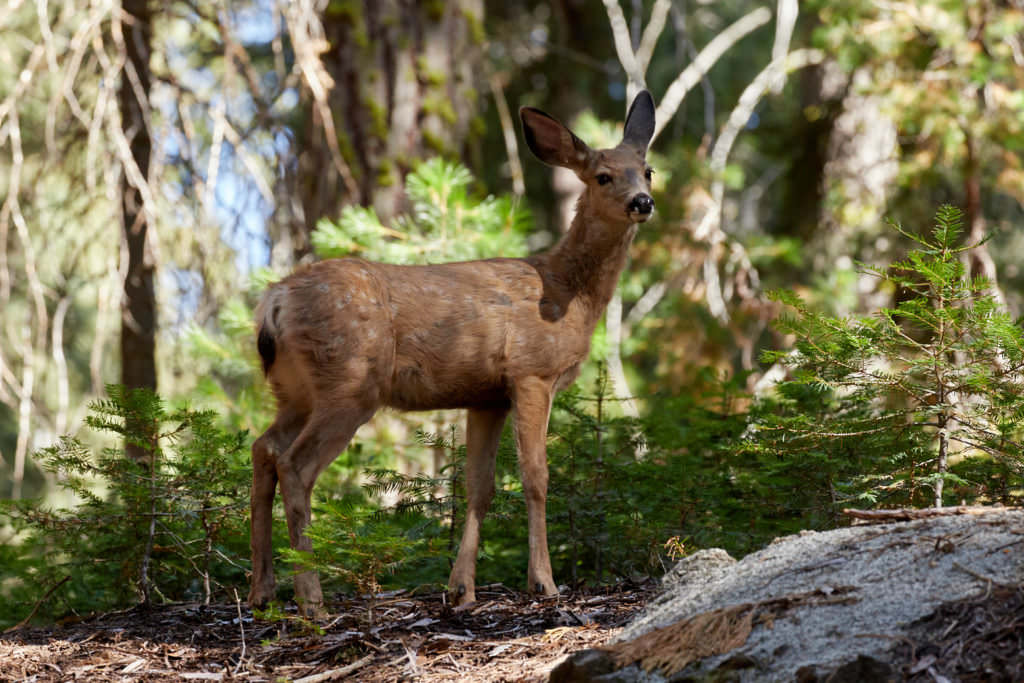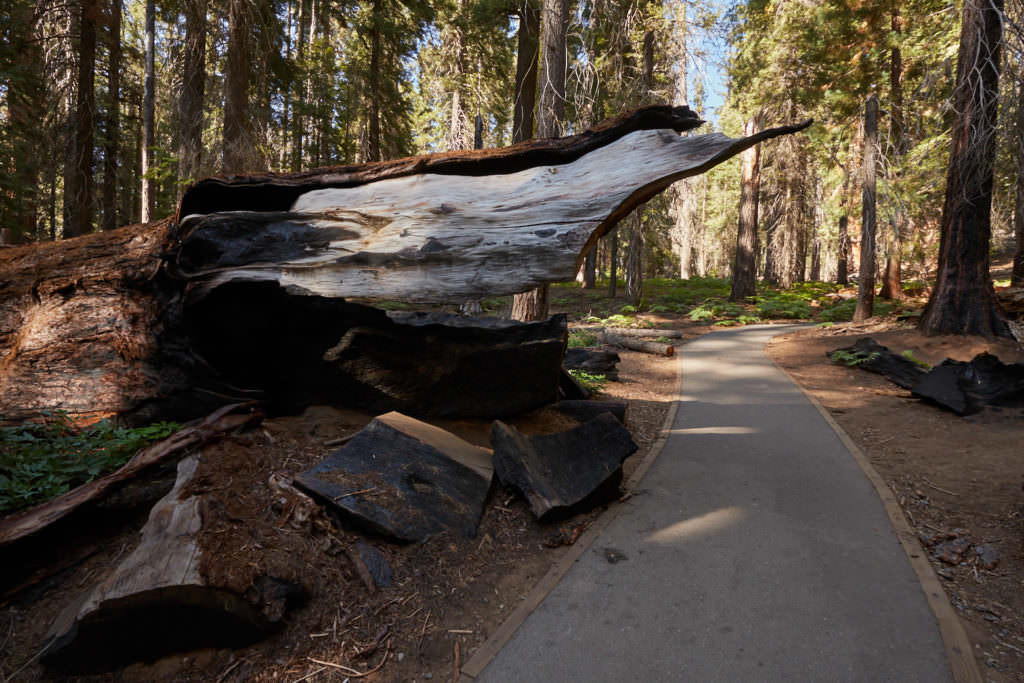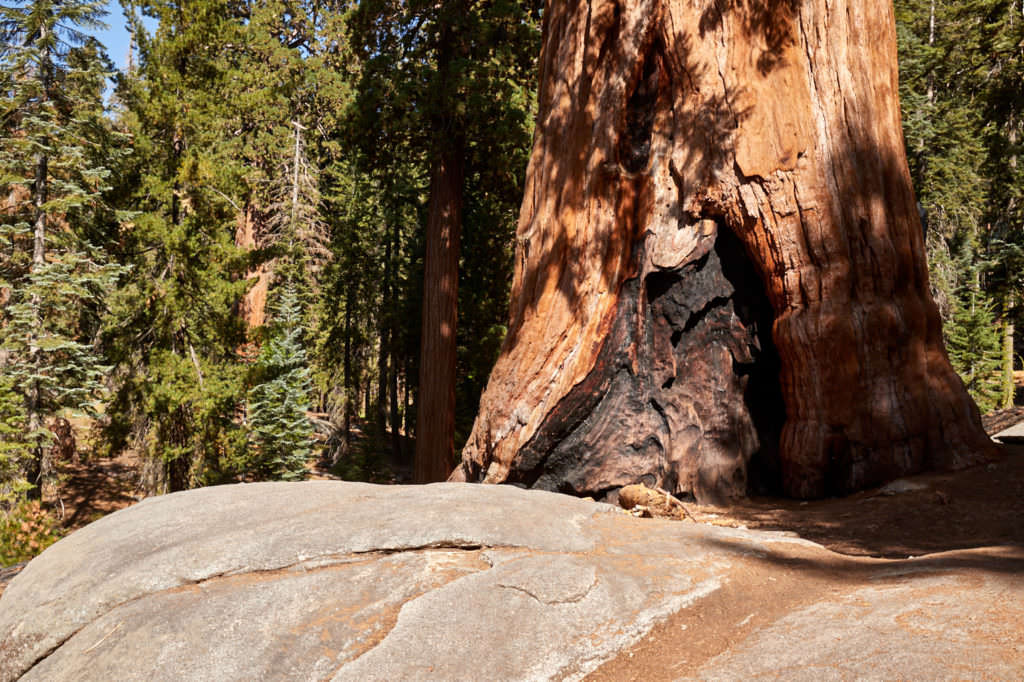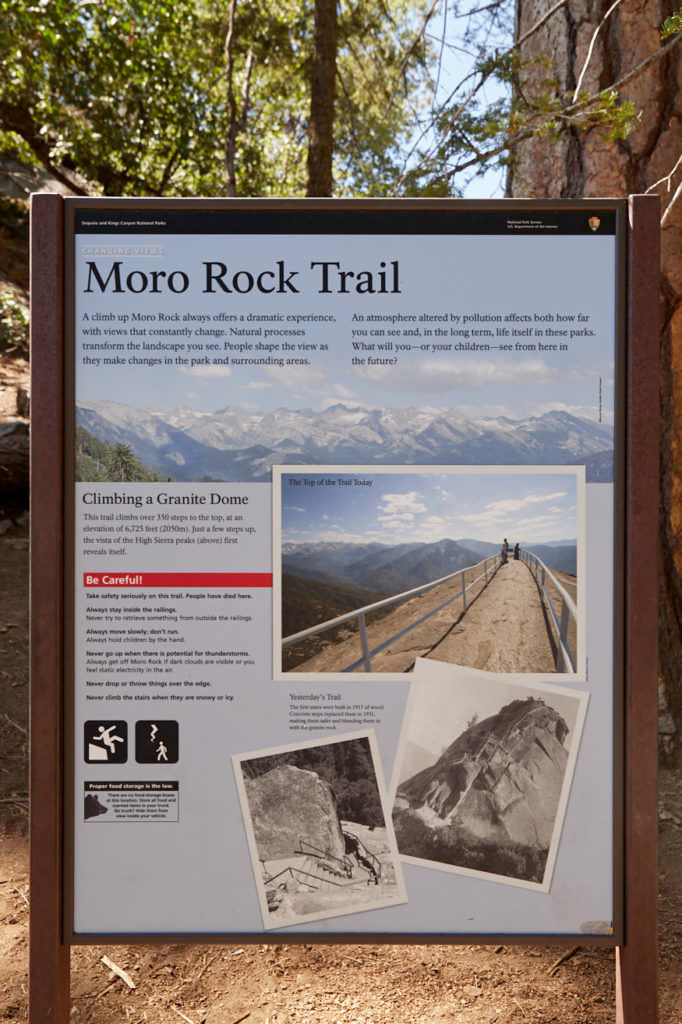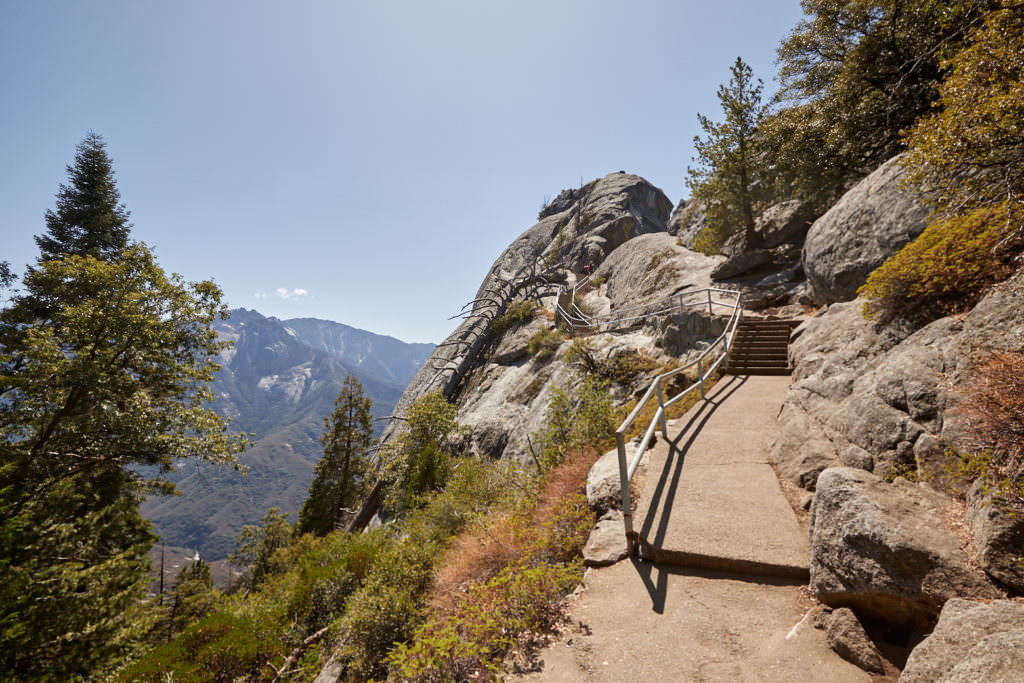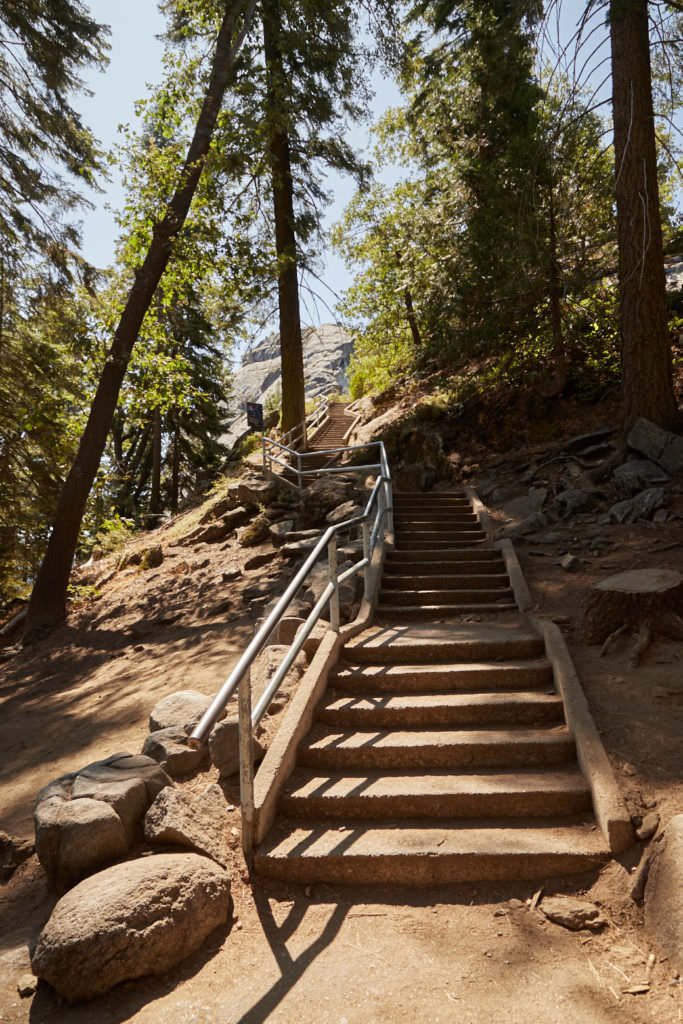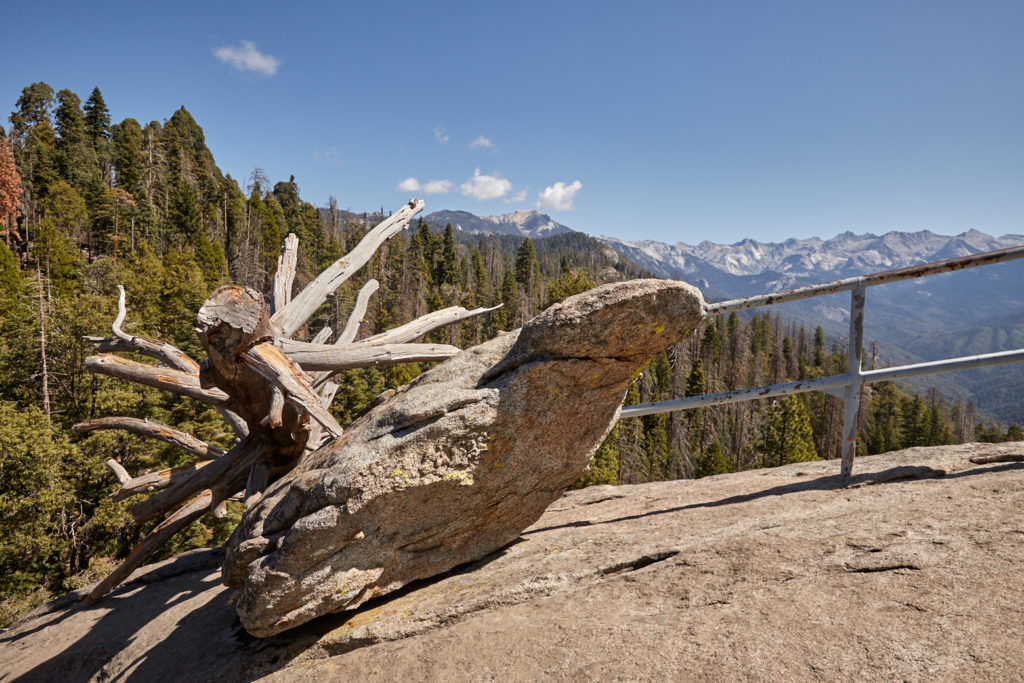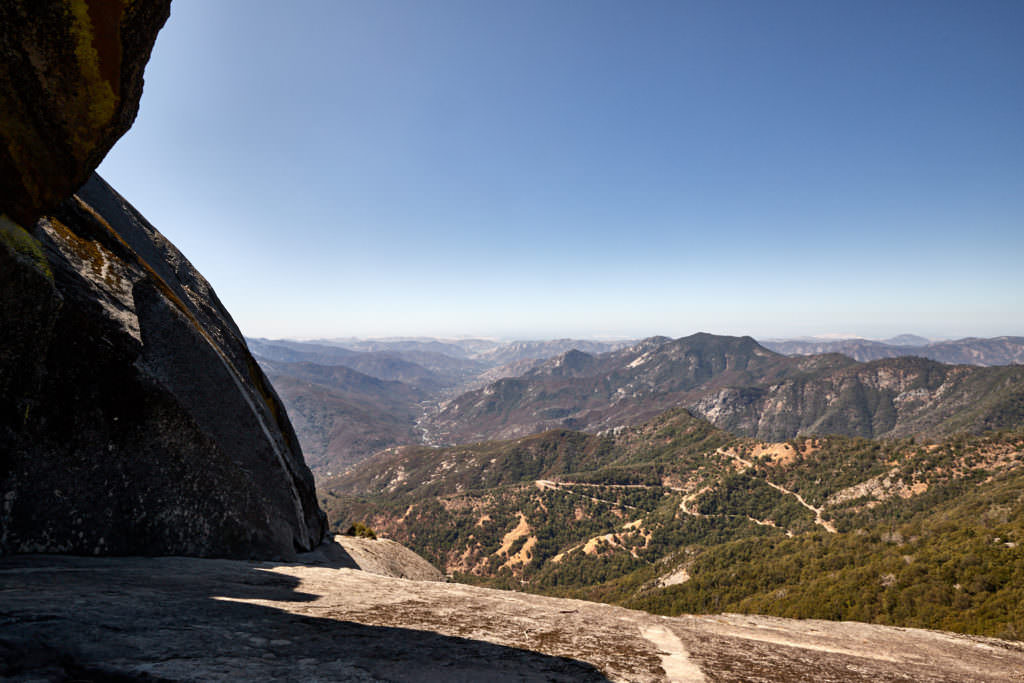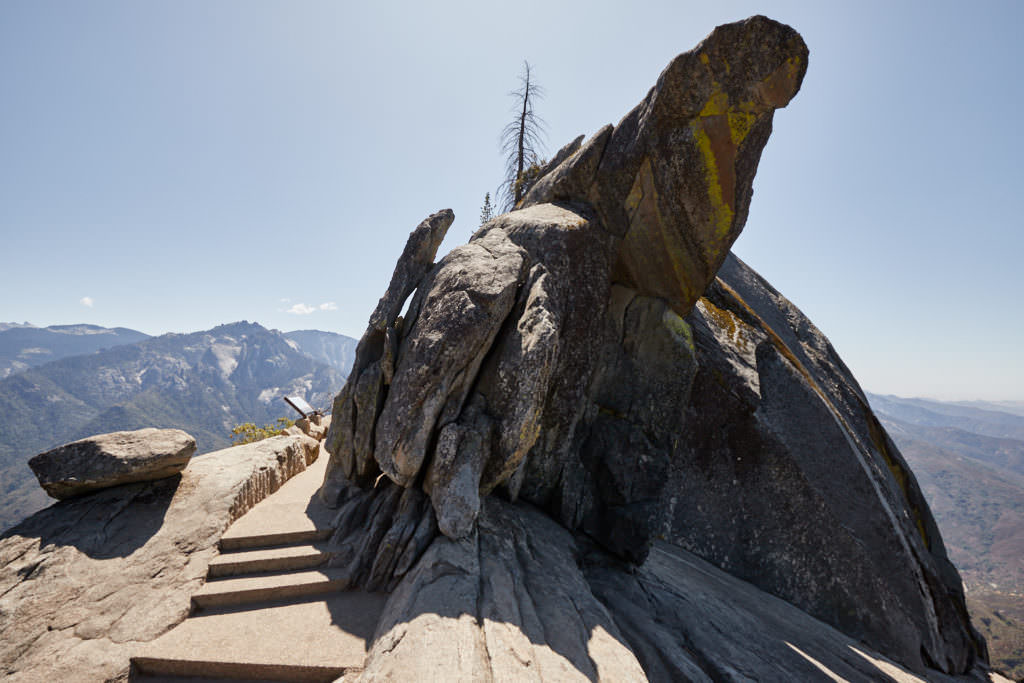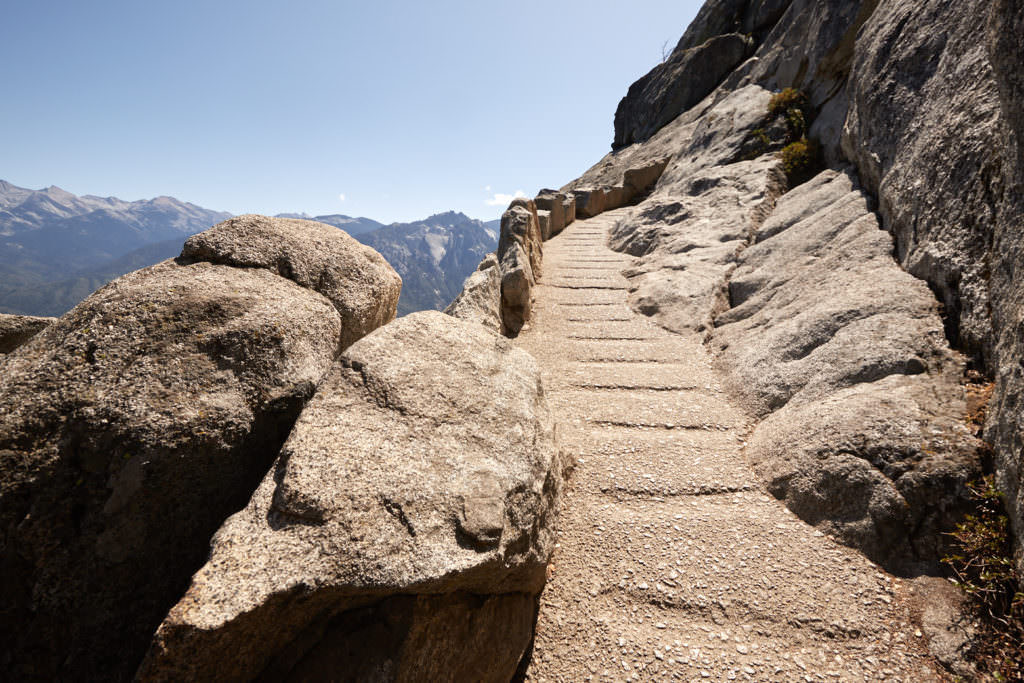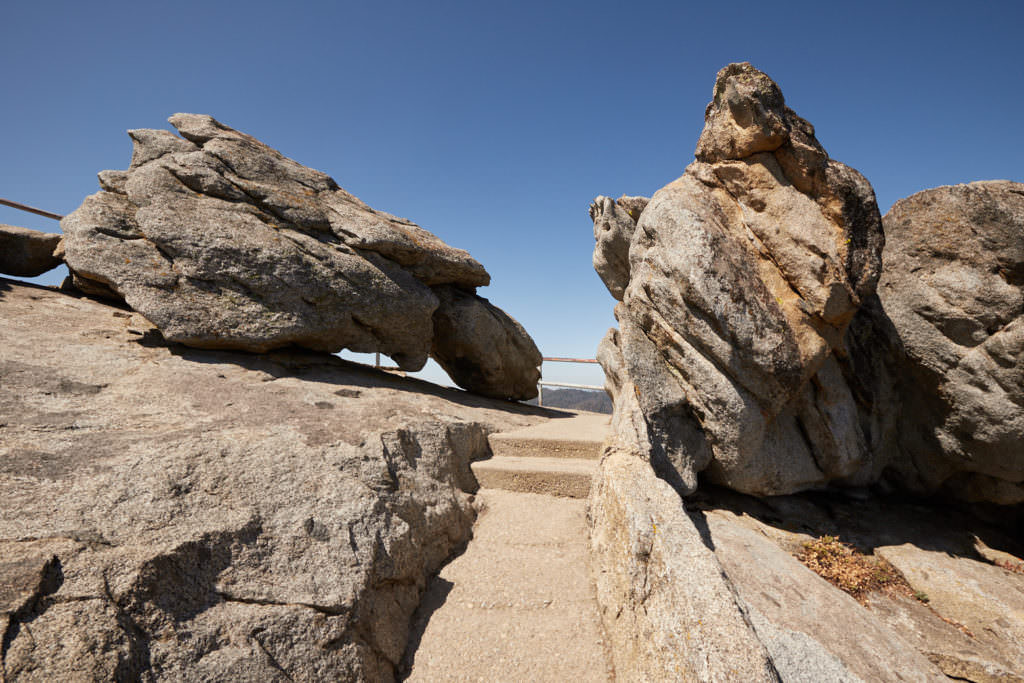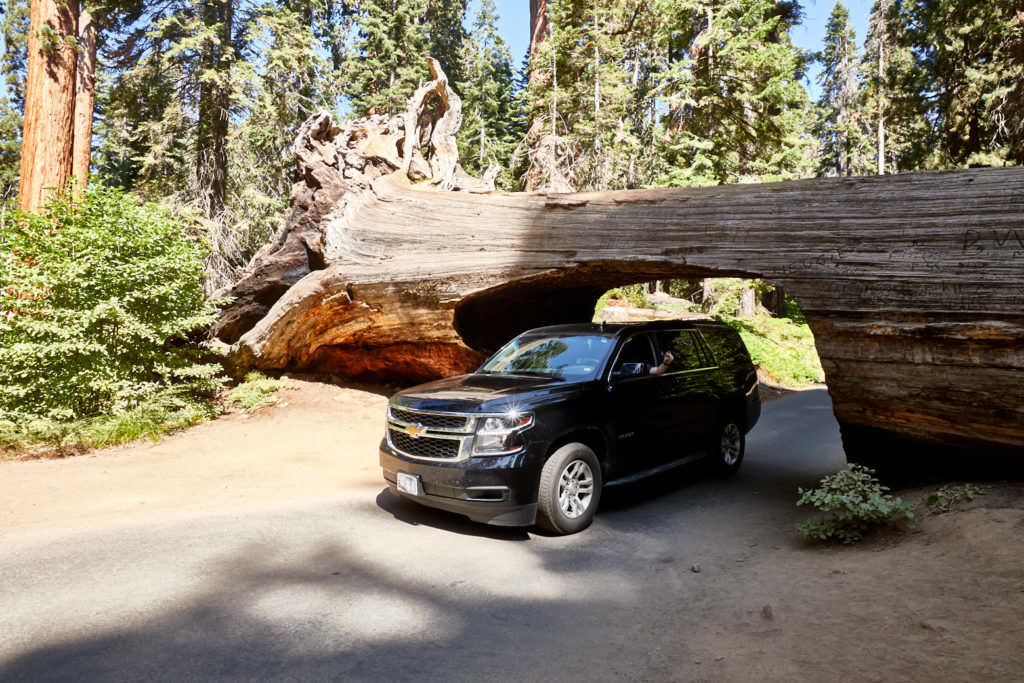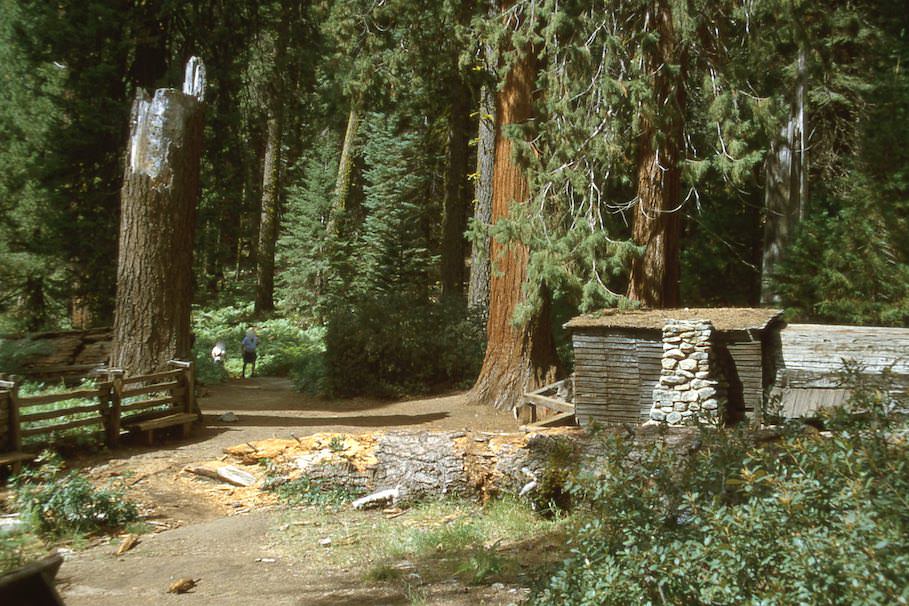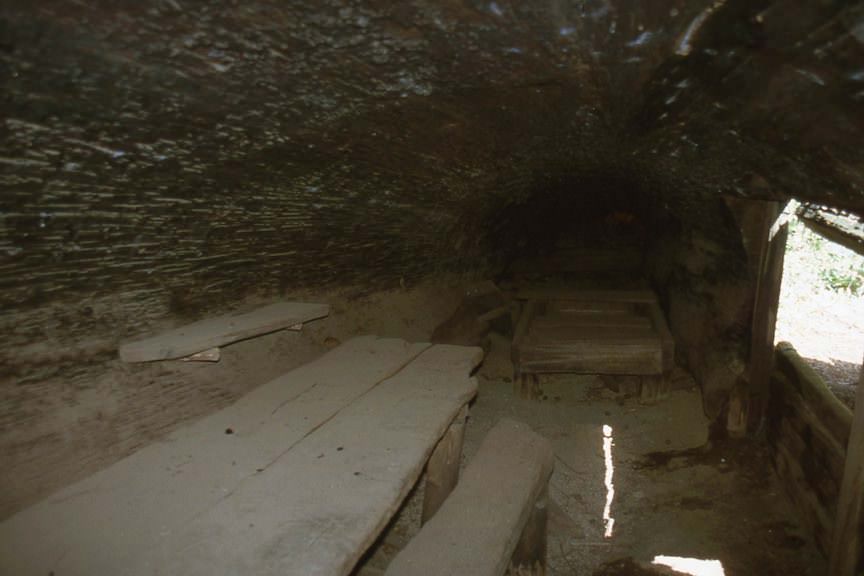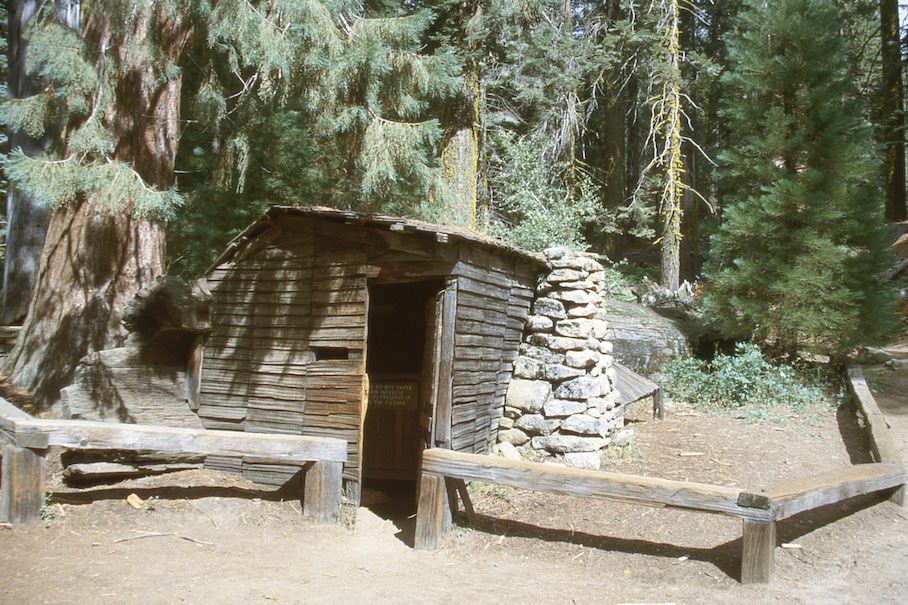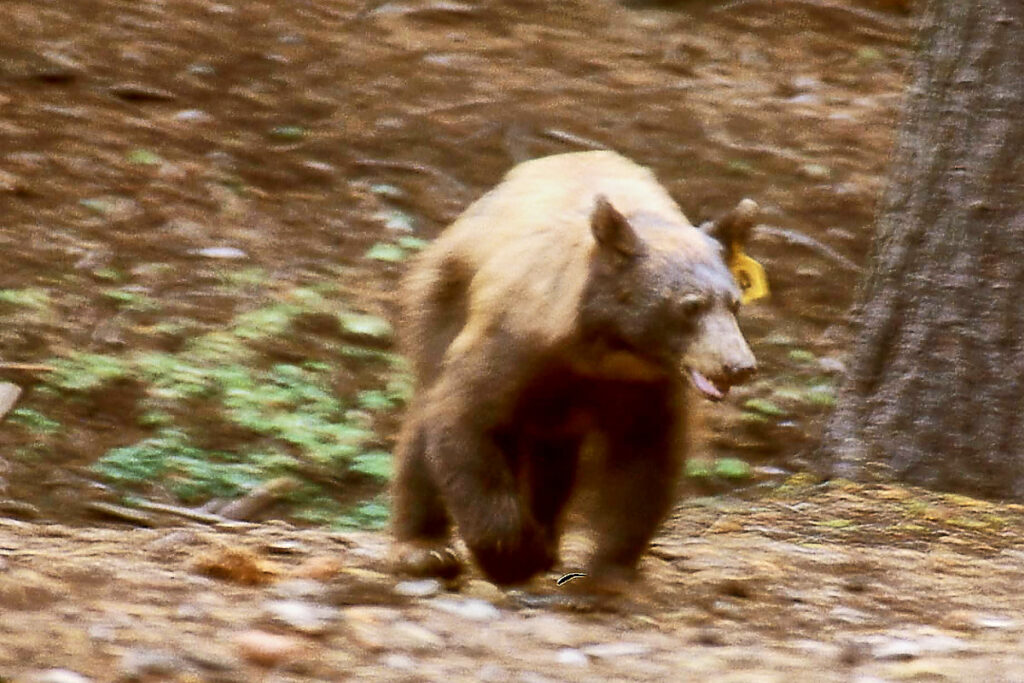General information about the National Park
Sequoia National Park mainly protects the forests in the western Sierra Nevada and the giant sequoias standing in them - Sequoiadendron giganteum. In the Grand Grove of the park you can admire the largest trees on earth.
Number of visitors
2023 nahm der Sequoia NP in der Besucherstatistik der am meist besuchten Nationalparks den 26. Platz ein.
Best time to visit: In autumn, the flow of visitors decreases but not all the infrastructure is available.
Our visits:
So far 3 visits: June 1998, September 1999, September 2019
Entrance fees and opening hours
- 35$/car and all passengers valid for 7 days
- Covered by the Anual Pass*
- Open 24h all year round.
*The Anual Pass is so to speak the "flat rate" for all Parks managed by the National Park Service. The pass costs a one-time fee of $80 and can be purchased at the entrance to each National Park, National Monument, etc. The pass is valid for 13 months.
Sequoia NP
Description: Sequoia NP is the protected area for the giant sequoias (Sequoidendron giganteum). The park is managed together with its neighbor Kings Canyon NP. They are located on the west side of the Sierra Nevada. In contrast to its neighbor, Sequoia NP has far more visitors. Especially on the most famous trails like the one to the General Sherman Tree you are not alone.
Hale Tharp and John Muir also had a decisive influence in the establishment of Sequoia National Park. Hale Tharp even lived for some time in the area of today's park. His dwelling in a fallen tree can still be visited today.
Our rating: We really liked the Sequoia National Park. The gigantic trees are just great and you can hardly believe that there are such huge creatures on our planet. If you are traveling in California, you definitely shouldn't miss this park.
Giant Forest
General Sherman - Congress Trail
Description: The General Sherman Trail is probably the most famous trail in the park. Starting from the parking lot, you can walk about 1mi on a loop trail to see some of the large redwoods. The trail is paved throughout and is very easy to walk. From the parking lot you go downhill for several hundred yards. Here there are also some stairs. If you can't hike stairs, you can park directly at the trailhead. The shuttle bus that runs through the park in the summer also stops here.
Star of the trail is the General Sherman Tree, the largest tree on earth by volume. It is over 275ft meters tall, 36.5ft in diameter, and 52500 cubic feet in volume. During our visit in September 2019, you had to wait in line to get a picture with the tree.
You can extend the trail a good mile and connect to the Congress Trail Loop. Here you'll find a few more examples of the giant trees and it's a lot less busy than on the General Sherman Trail.
Our rating: Actually, there is only one drawback here and that are the many people who are out here. You don't really have a real nature experience. However, the trees are great and who can hide the constant noise around, will also have fun here. We can recommend the trail.
Moro Rock
Description: Moro Rock is a huge granite rock. It is located between Grant Forest and Crescent Meadow. Built in 1930, the 350 steps have allowed visitors to climb to the top and admire views of almost the entire national park ever since. The road to the trailhead is only open during the summer. Moreover, you can drive your own car to the trailhead only during the week. On weekends you have to use the shuttle bus.
Our rating: We were here at Morro Rock on a weekday in September 2019. Still, it was very hard to get a parking spot. Many cars parked on the side of the road, because the parking lot at the trailhead is very small.
Moro Rock is an attraction in the park, but for us personally it didn't really wow us. The view was ok, but not overwhelming. We think there are clearly more spectacular things to see in the park.
Tunnel Log
Description: Tunnel Log is formed by an unnamed Sequoia that fell across Crescent Meadow Road in 1937. Before it fell, it was 273ft high had a diameter of 21ft and was over 2000 years old. The tunnel was cut into the tree as a tourist attraction. It is 17ft wide and 7.9ft high. It can be found by driving east on Crescent Meadow Road.
Our rating: It's not a must see but quite nice to drive through one of the trees. So you can grasp the dimensions of these giants much better. During our visit in September 2019, we had to wait in line for about 30 minutes to drive through.
Tharp´s Log
Description: Hale Tharp, a trapper, pioneer and conservationist set up a small summer ranch here in 1969, in the Crescent Meadow area. While there, he lived in a fallen Sequoia. This dwelling has been preserved and can be accessed by a short trail.
You start at the end of Crescent Meadow Road, from the Sugar Pine trailhead. The trail is more or less level and easy to walk.
Trail length: 2.2mi
Altitude difference: 262ft
Time needed: 2 hours
Difficulty level: easy - The trail is very well developed and can be easily walked.
Our rating: A historically interesting story, as Tharp was one of those who contributed to the founding of the national park. We found it exciting to look at how Tharp had lived here. If you are a little interested in the history of the park, you will like it here.

